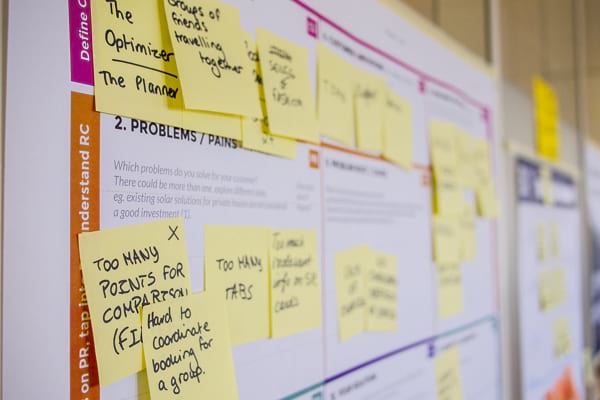Owning a house, means a lot to many people. It may mean a family, or a symbol of success. Most people struggle their life to fight for a piece of room of privacy, and it won’t end in years, since house is a rigid demand for most people. Getting to know the information of housing market is necessary, for citizen, knowing the market allows him/her to make good decision on when to buy a house; for real estate, mastering the market info allows them to make better adjustment on marketing plans.
There are many ways we can learn information from house market, we can follow up relevant news, there should be news concluding the house market trend, however, this could be just prediction. The most accurate way to knowing the market, is to average the price of every house that sells in the market, and this refers to a term, big data.
Researching with big data, differs from the traditional way- researching with randomly selected sample data. This modern term allows people to get more accurate information and results, and in this article, I will show you a way how we can learn housing market with big data.
First, we will go to visit our example website: https://www.realestate.com.au/. This website provides massive house information for reference, we can use web scraping tools to scrape this website and extract needed information to support our study. Some factors I found useful for this study, may be a certain districts(can be cities, neighborhoods, or States), price of a house, area of a house, and types of house. In this example, I used Octoparse to scrape down information of every condos located in downtown LA that listed on www.realestate.com.
We export the data extracted, and arrange it via Excel. From the information we have extracted, we can look at these data in many different ways.
For example, we can pick out houses built before the 1930s, by using Excel, we can get the average price/sqft, equals to $792.42.
There are many other screening methods, we can also sort by size, and manage to learn the price difference that size brings; and we can compare prices of houses from different neighborhoods, prices of houses of different types, these are all worthy researching. Everything I listed above, districts, house types, sizes, year of built, floor, and etc., could be factors influencing the house price.
Understanding the house market with every sorting method, we can get a grand view of how housing market is going, and with Octoparse’s cloud service, we can run task at a specific scheduled time, and get consecutively updated data, by which, we get to know the newest information of targeted house market.
In this article, I couldn’t interpret better, but I do hope that this article could inspire you of how to conduct a research on house market with big data.




